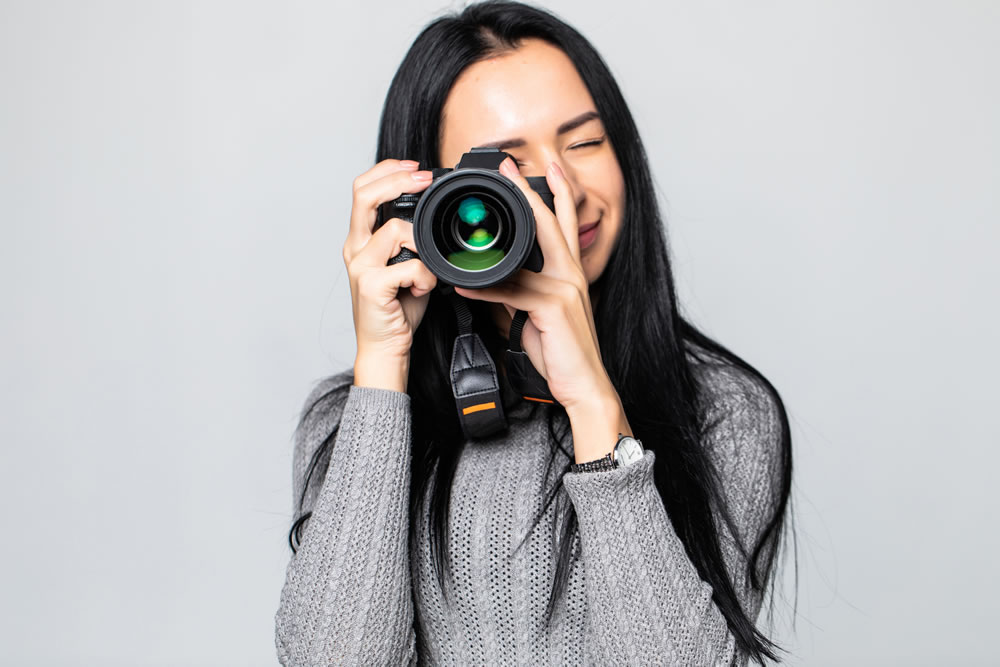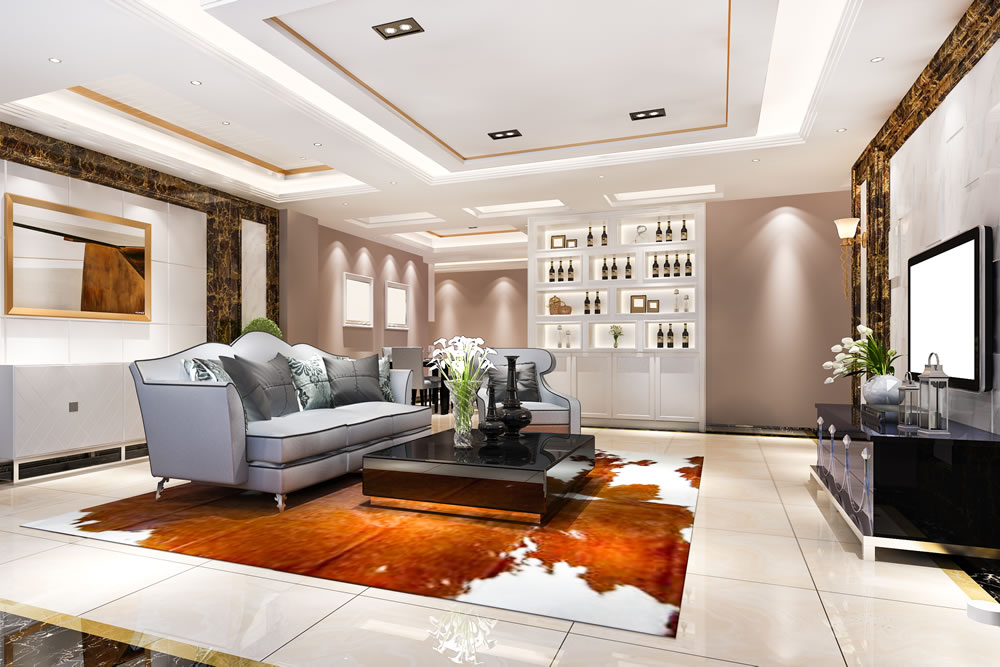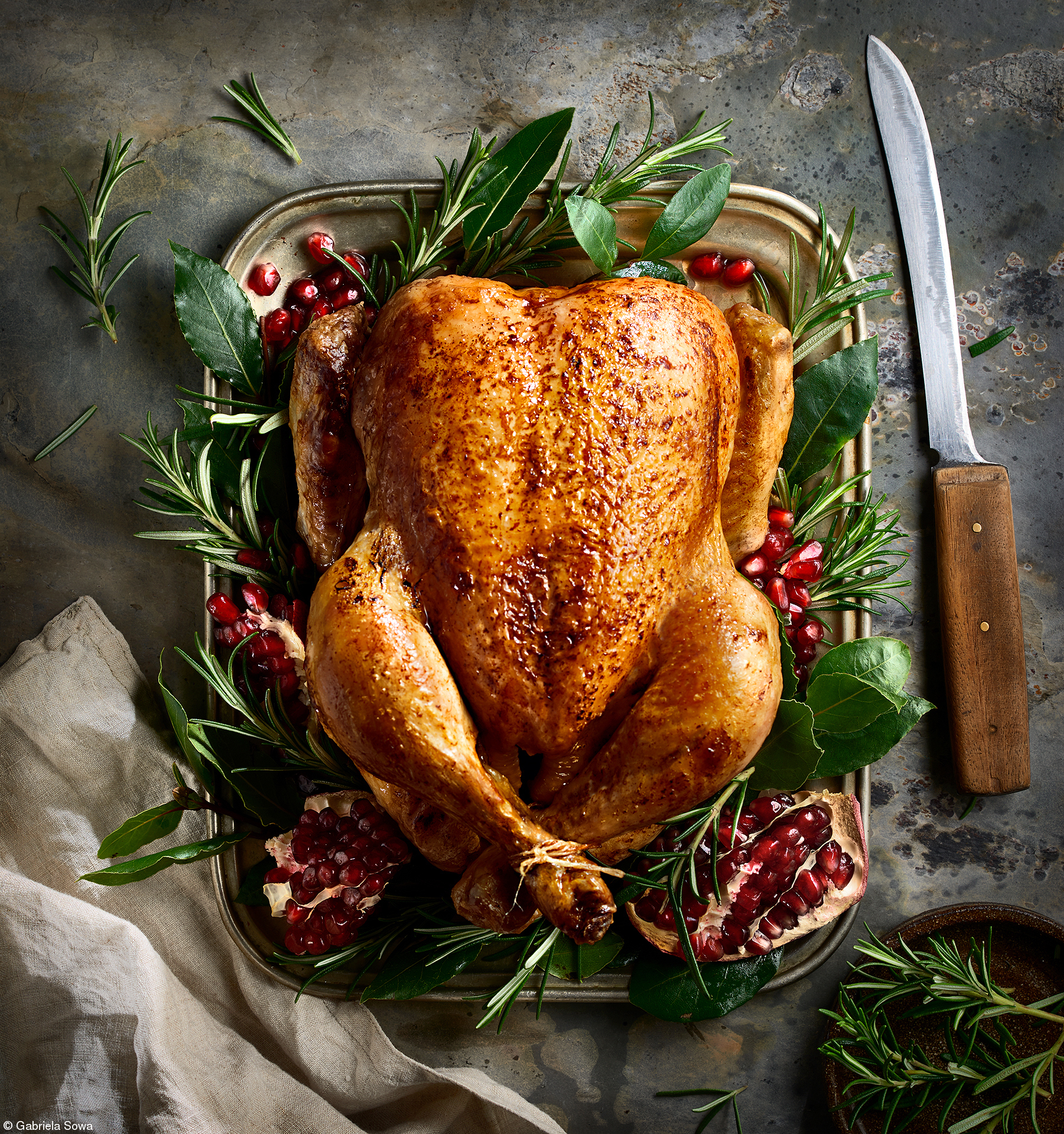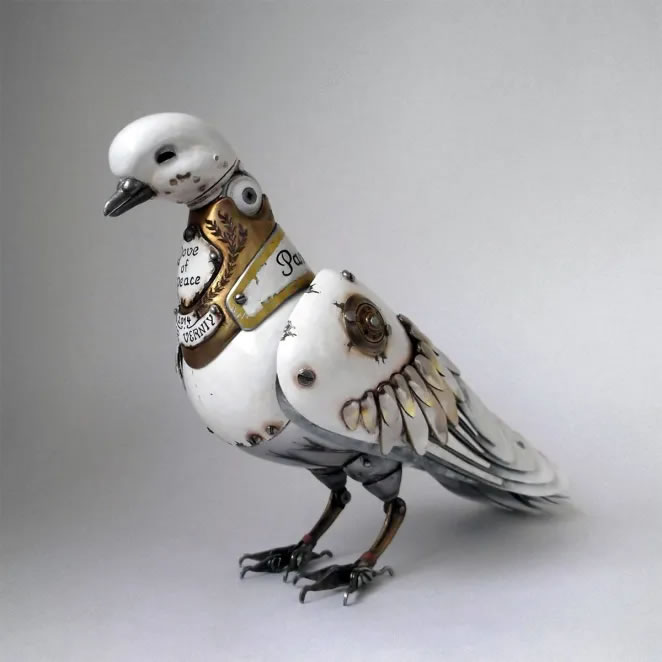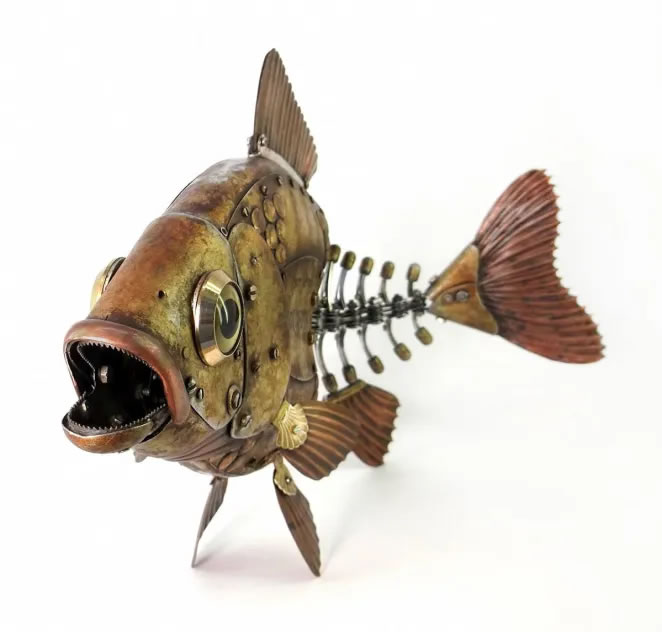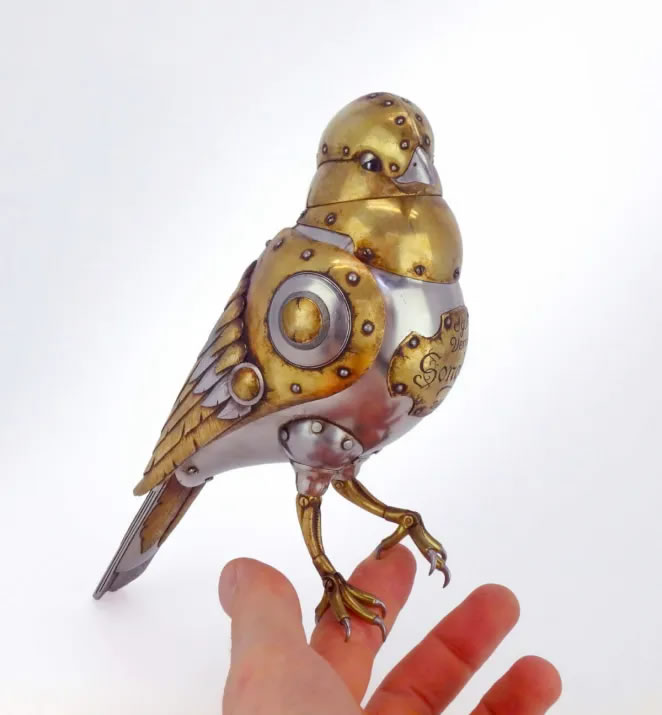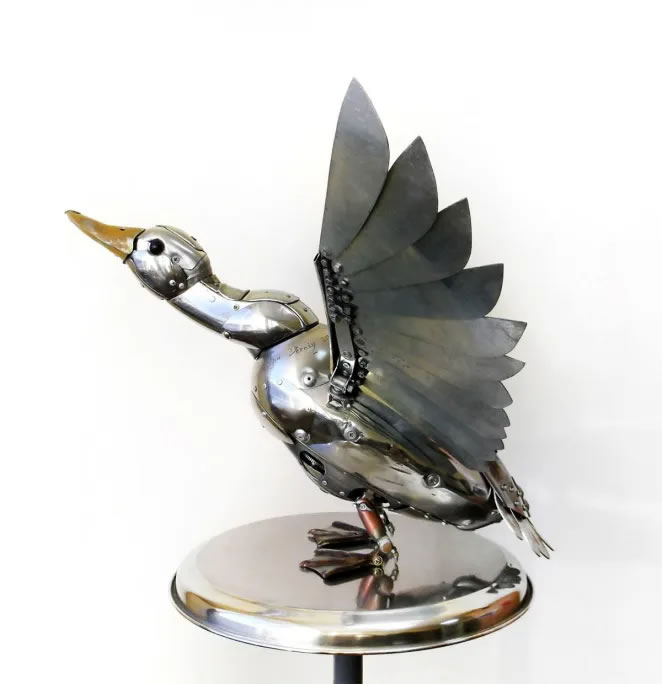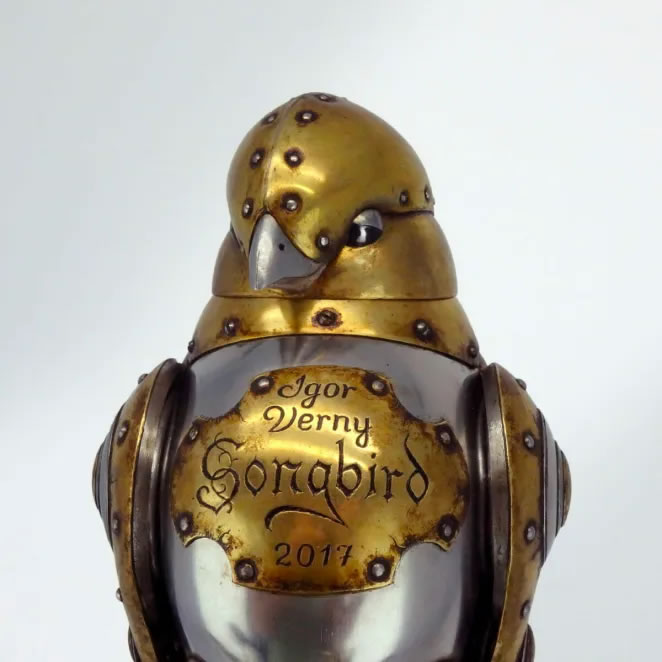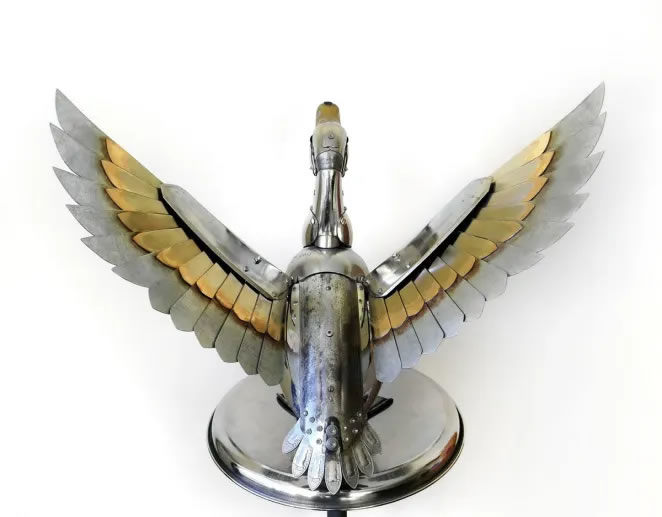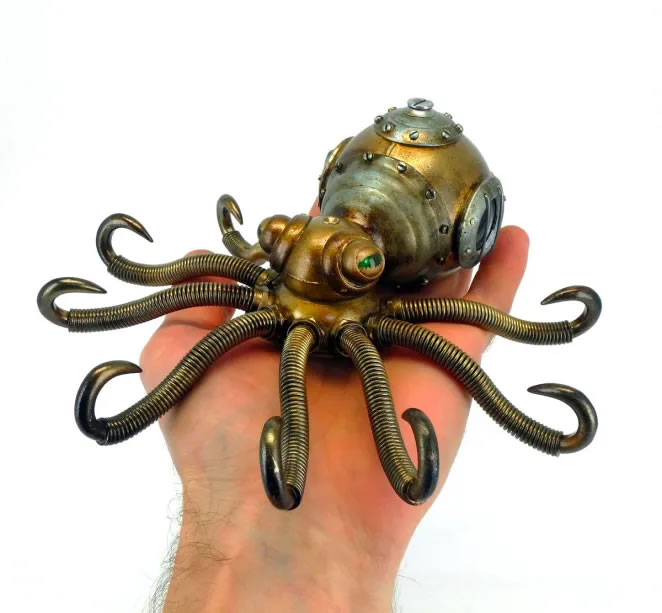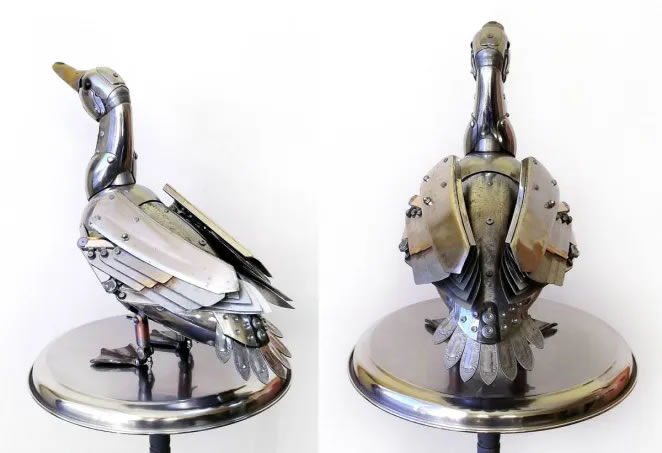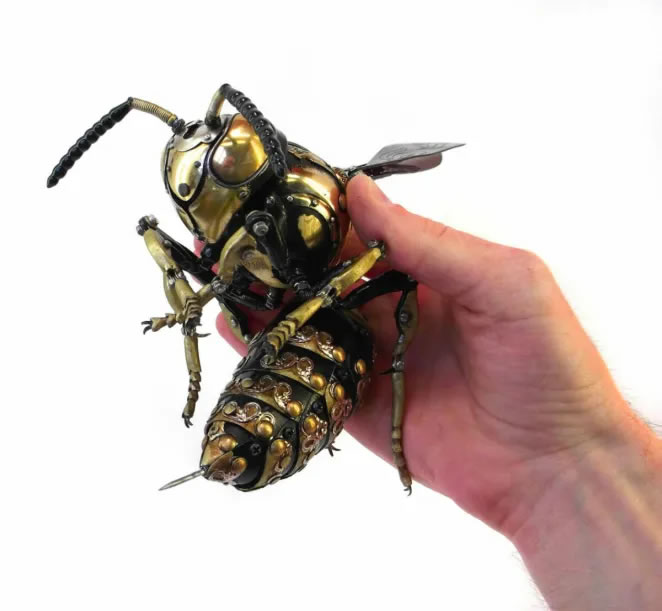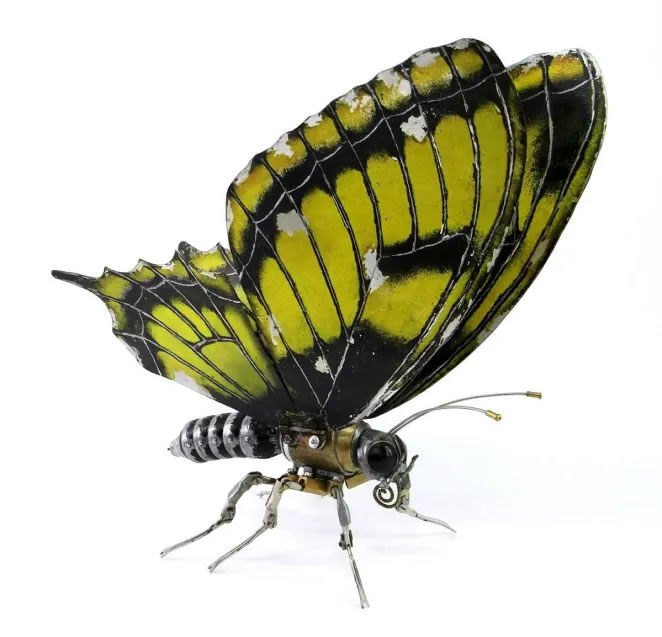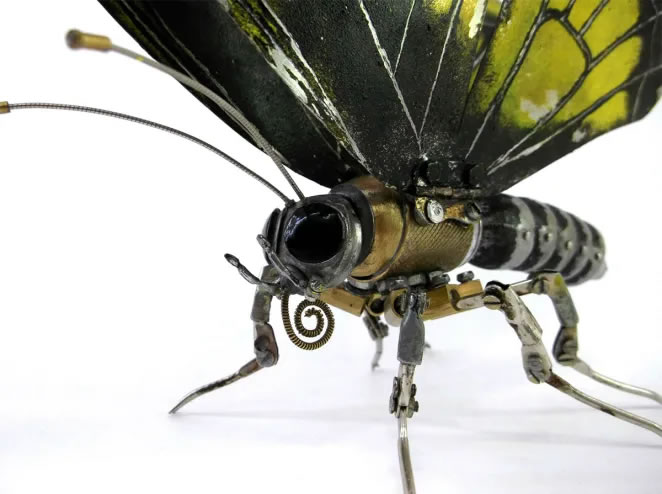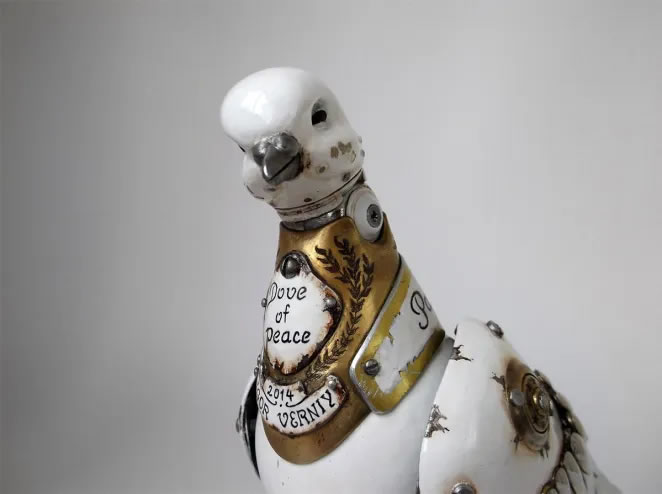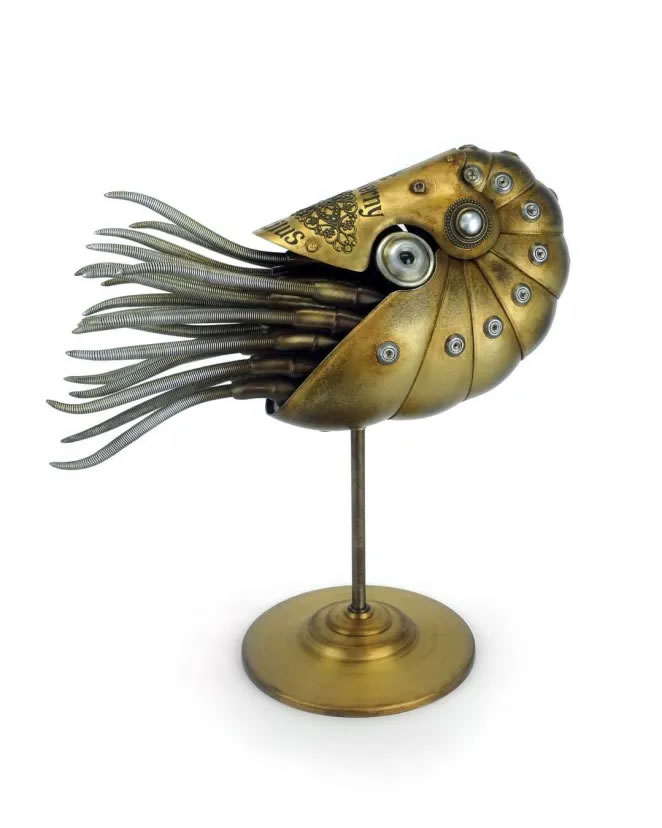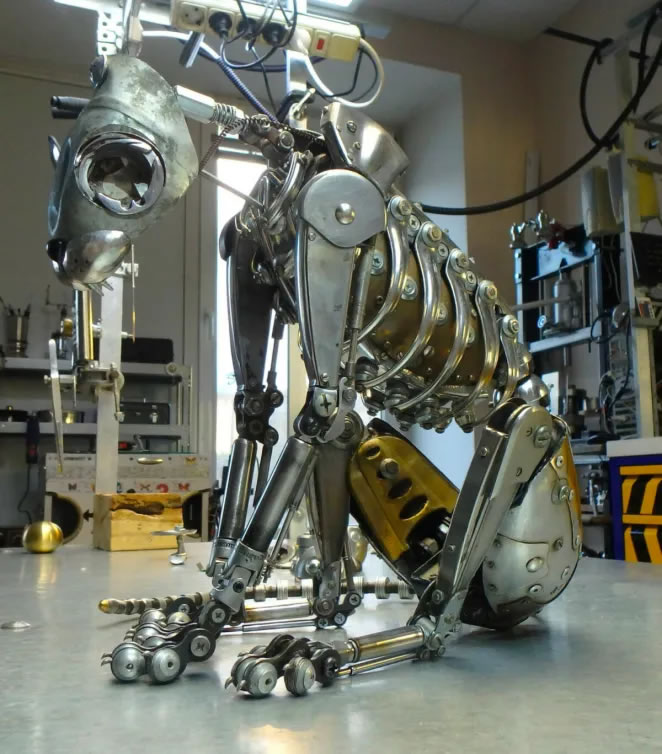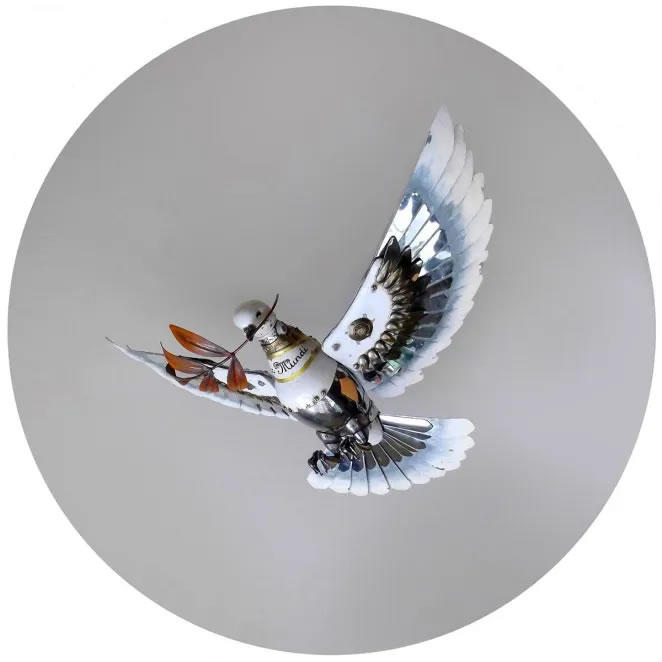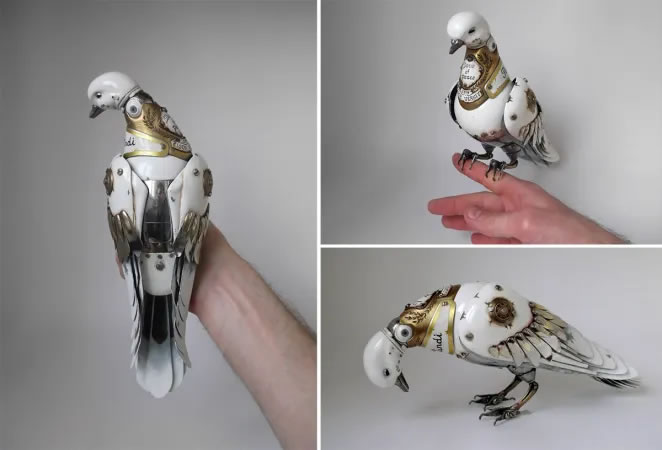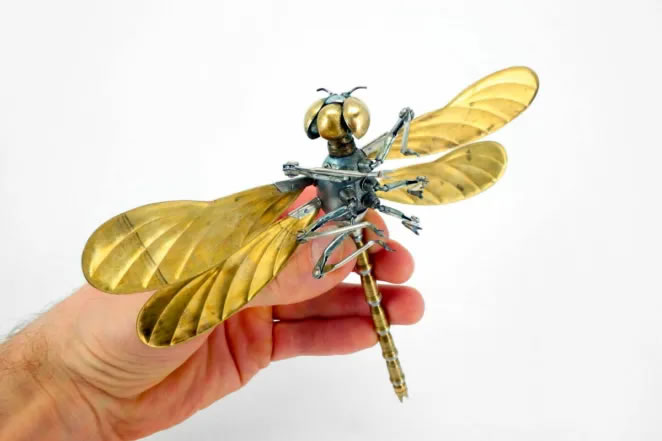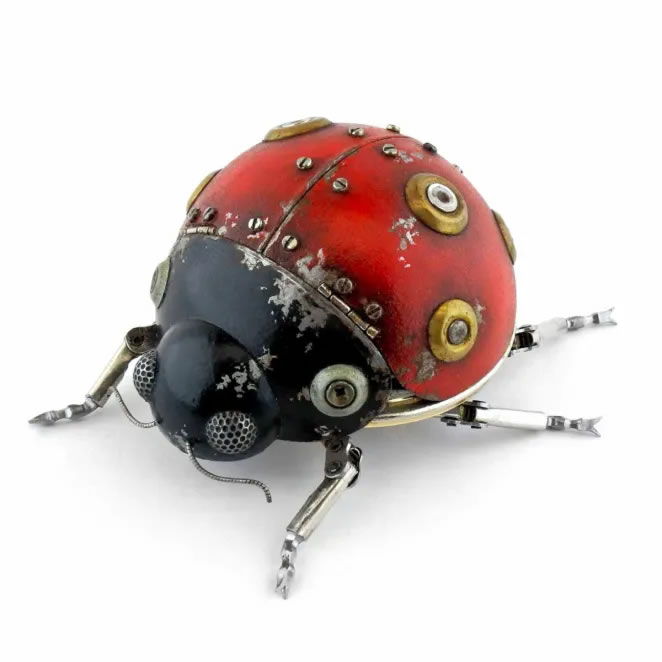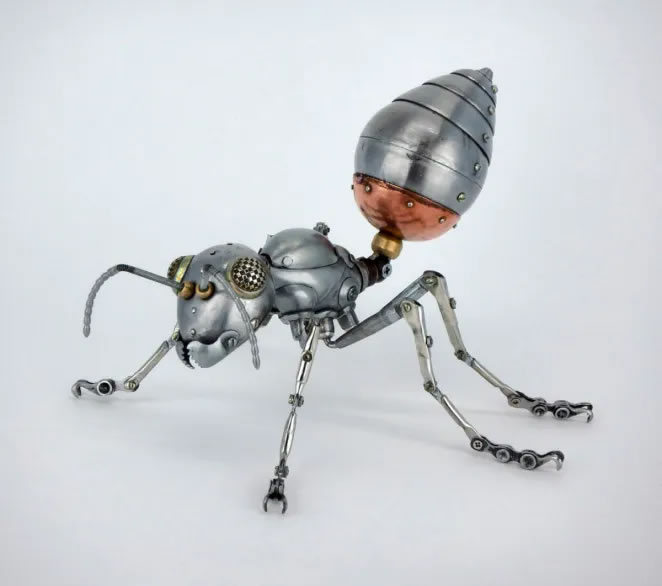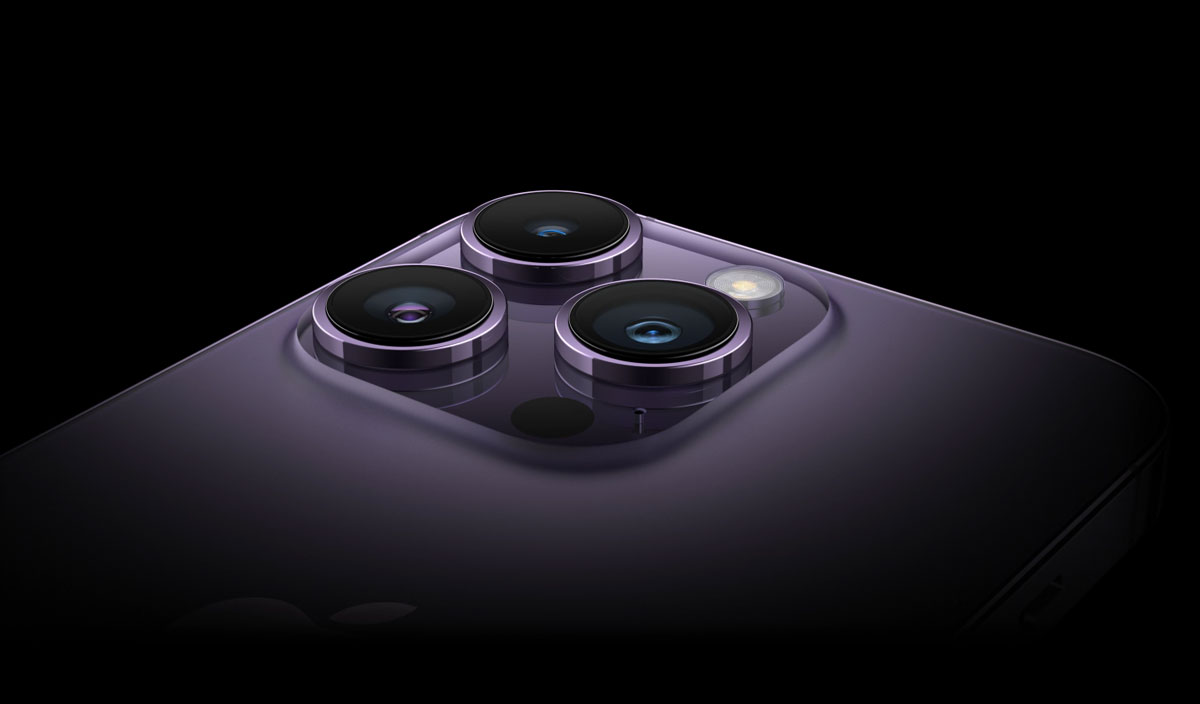Stunning images of a polar bear cub basking in a field of flowers, a sea lit up by glowing glass eels and a tiny coral-camouflaged seahorse in its natural habitat are among those shortlisted for a prestigious photography award.

© N/A
The 25 spectacular shots have been shortlisted for the People’s Choice Award of the prestigious Natural History Museum’s Wildlife Photographer of the Year prize.
Members of the public are now being invited to have their say and vote for their favourite image for the People’s Choice Award on the museum’s website and via interactive screens at the museum from 1 December until 2 February.

© Akamai Netstorage – News GB
The winner will be showcased in the Wildlife Photographer of the Year voting screens at the museum until the exhibition closes on Sunday 2 July 2023.

© N/A
Wasp Attack – Roberto Garcia-Roa, Spain
The frenzied combat between the pompilid wasp and the ornate Ctenus spider. The image shows the wasp checking the spider to confirm if its sting has paralyzed the dangerous prey, before dragging it back to its brood nest.
Location: Tambopata, Madre de Dios, Peru
A golden huddle – Minqiang Lu, China

© N/A
Two females and a male golden snub-nosed monkey huddle together to keep warm in the extreme winter cold. Threatened mainly by forest loss and fragmentation, this endangered species is confined to central China.
Location: The Qinling Mountains in Shaanxi, China
A tight grip – Nicholas More, UK

© N/A
This male Bargibant’s seahorse, gripping tightly with his prehensile tail to a pink sea fan, looks almost ready to pop. He will gestate for a period of approximately two weeks before giving birth.
Location: Bali Sea, Tulamben, Bali, Indonesia
World of the snow leopard – Sascha Fonseca, Germany

© N/A
Against a backdrop of the spectacular mountains of Ladakh in northern India, a snow leopard has been caught in a perfect pose by Sascha’s carefully positioned camera trap.

© N/A
Thick snow blankets the ground, but the big cat’s dense coat and furry footpads keep it warm.
Location: Leh, Ladakh, India

© N/A
A fox’s tale – Simon Withyman, UK
Simon wanted this photograph to raise awareness of the harm humans can inadvertently cause to wildlife. In the UK city of Bristol, a young red fox sustained a serious injury trying to free herself from plastic barrier netting commonly used as fencing on building sites.

© N/A
After five months, she was caught, treated and released. But tragically, six months later, she was hit by a car and died.
Location: Bristol, UK

© N/A
Life and art – Eduardo Blanco Mendizabal, Spain
Walking down a street in his hometown of Corella in northern Spain, Eduardo came across a wall with a graffiti cat, complete with shadow.

© N/A
Knowing that common wall geckos emerge on hot summer nights to look for mosquitoes and other insects, Eduardo came back with his camera and waited patiently for the perfect picture – the hunter becoming prey to the trompe l’oeil cat.
Location: Corella, Navarre, Spain
Red and yellow – Chloe Bes, France

© N/A
Near Rausu port, on the Japanese island of Hokkaido, several hundred glaucous-winged gulls waited for the return of fishermen.
The red spot on the beak develops when gulls are adult and is in part a reflection of their health. It is also an essential aid for the young: when chicks peck the spot, it triggers a regurgitation reaction from the parent.

© N/A
Location: Rausu, Hokkaido Island, Japan
Holding on – Igor Altuna, Spain
This leopardess had killed a Kinda baboon in Zambia’s South Luangwa National Park. The baboon’s baby was still alive and clinging to its mother.

© N/A
Igor watched as the predator walked calmly back to her own baby. Her cub played with the baby baboon for more than an hour before killing it.

© N/A
Location: South Luangwa National Park, Zambia
Heads or tails? – Jodi Frediani, USA
The unusually clear, flat sea in Monterey Bay, California, provided a beautiful turquoise backdrop for the glossy bodies of three northern right whale dolphins.

© N/A
The special shot features two adult heads and the silvery tail of a juvenile.
Location: Monterey Bay National Marine Sanctuary, Monterey Bay, California, USA
Covid litter – Auke-Florian Hiemstra, Netherlands

© N/A
A young perch was found trapped in the thumb of this surgical glove discarded in a canal in The Netherlands.
This perch was found by citizen scientists on a weekly canal clean-up in Leiden. The spines on its back prevented the fish from escaping by backing out – the torn thumb probably the sign of its final struggle.

© N/A
Location: Leiden, The Netherlands
Head to head – Miquel Angel Artus Illana, Spain
The spectacle of two female muskoxen attacking each other surprised Miquel. He had been following a muskox family in Norway’s Dovrefjell-Sunndalsfjella National Park – a male, a female and three calves.

© N/A
He had expected a head-to-head between two males, but instead captured the moment two females rutted instead.
Location: Dovrefjell-Sunndalsfjella, Norway
Caught by the cat – Michal Michlewicz, Poland
Setting up a camera trap just inside a barn, facing the entrance, Michal waited to see what would trigger it.

© N/A
Luckily, though not for this chaffinch, a domestic cat arrived with its fresh kill. Michal is keen his image is used to illustrate the impact domestic cats can have on a local ecosystem.

© N/A
Location: Czarnkow, Poland
Caribbean creche – Claudio Contreras Koob, Mexico
Claudio was lying down on the mud a safe distance from a breeding colony of Caribbean, or American, flamingos, in Ria Lagartos Biosphere Reserve, on the Yucatan Peninsula, Mexico, when she took this stunning image.
Location: Ria Lagartos Biosphere Reserve, Yucatan, Mexico
Fishing for glass eels – Eladio Fernandez, Dominican Republic
Eladio set out to highlight the plight of the endangered American eel. Caught in its juvenile stage, as glass eels, it is exported in the millions each year to fulfil an insatiable Asian – particularly Japanese – demand.

© N/A
Location: El Limon River, El Limon, Dominican Republic
That’s the spot! – Richard Flack, South Africa

© N/A
In South Africa’s Kruger National Park, in the vicinity of a rest camp, Richard discovered a flock of crested guineafowl that were not as flighty as normal and allowed him to follow them as they foraged.

© N/A
Location: Kruger National Park, Mpumalanga, South Africa
Among the flowers – Martin Gregus, Canada
Martin watched this polar bear cub playing in a mass of fireweed on the coast of Hudson Bay, Canada. Every so often the cub would take a break from its fun, stand on its hind legs and poke its head up above the high flowers to look for its mother.
He had to wait for just the right moment to capture this stunning shot.
Location: Churchill, Manitoba, Canada
The frog with the ruby eyes – Jaime Culebras, Spain
Only found in northwest Ecuador, in the Rio Manduriacu Reserve in the foothills of the Andes, these Mindo frogs are endangered by habitat loss associated with mining and logging.

© N/A
Location: Rio Manduriacu Reserve, Imbabura Province, Ecuador
Unlucky for the cat – Sebastian Kennerknecht, USA
Hanging in a shed this stuffed cat skin may at first appear like the other objects, inconsequential, but the colourful yarns tied to it reveal it is not merely a disused item.
Location: Abra Granada, Andes, Argentina
Hyena highway – Sam Rowley, UK
Spotted hyenas are intelligent and opportunistic animals. On the outskirts of cities such as Harar in Ethiopia, they take advantage of what humans leave behind, including bones and rotting meat.
In so doing, the hyenas keep disease at bay, and in exchange the Harar locals tolerate them, even leaving them butcher’s scraps. To photograph them, Sam set up a remote camera by a roadkill carcass.
Coastline wolf – Bertie Gregory, UK
While out in his dinghy looking for black bears, Bertie spotted this female grey wolf trotting along the shoreline on the west coast of Vancouver Island, British Columbia, Canada.
The wolf was patrolling her eel-grass-covered mudflat territory at low tide, and walked right past the camera, allowing Bertie to take this shot with the remote trigger.
Location: Vancouver Island, British Columbia, Canada
Portrait of Olobor – Marina Cano, Spain
It was late afternoon when Marina found Olobor resting. He is one of the famous five-strong coalition of males in the Black Rock pride in Kenya’s Maasai Mara National Reserve.
Location: Masai Mara, Kenya
Snowshoe hare stare by Deena Sveinsson, USA
A snowshoe hare resting on a small mound of snow. Moving stealthily into position, Deena waited. Finally, the hare sensed something, turned its ears forward and looked right at the camera.
Location: Rocky Mountain National Park, Estes Park, Colorado, USA
Night encounter by Sami Vartiainen, Finland
It was late in the evening in August, and the air had a magical feel about it when Sami spotted this badger close to its sett in a forest near Helsinki, Finland. He watched it for 45 minutes.
The badger didn’t seem to be perturbed, even though Sami was only about seven metres (23 feet) away.
Location: Helsinki, Finland
Fox affection by Brittany Crossman, Canada
On a chilly day in North Shore on Prince Edward Island, Canada, a pair of red foxes, greet one another with an intimate nuzzle. This special moment is one of Brittany’s favourite images and one of the tenderest moments she has witnessed between adult foxes.
Location: North Shore, Prince Edward Island, Canada
The elusive golden cat by Sebastian Kennerknecht, USA
Before this image was captured, Sebastian and his biologist friend, David Mills, were almost trampled in the dense rainforest of Kibale National Park in Uganda by a charging forest elephant.
About twice the size of a domestic cat, it is one of the world’s least-studied felids. To date, there are still less than five high-resolution photographs of this cat in the wild.
Location: Kibale National Park, Uganda




